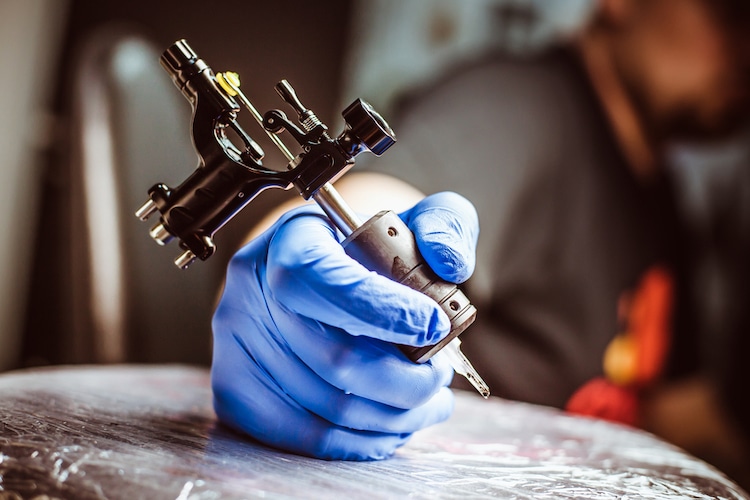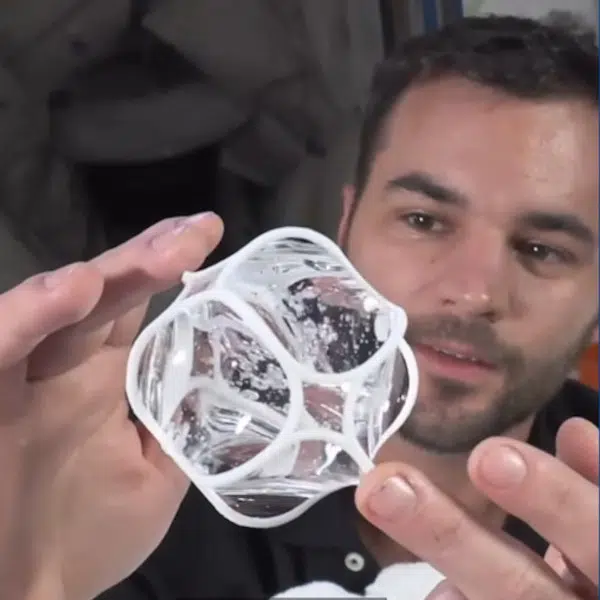
Stock Photos from Mikhail_Kayl/Shutterstock
Monitoring your health may get a lot easier thanks to technology being developed by a team of researchers in Germany. As detailed in a recently published article, scientists have developed tattoos that change color according to the body's levels of glucose and albumin or its pH. This would allow patients with illnesses like diabetes or kidney disease to keep track of their health without having to take constant blood samples.
The tattoos work thanks to dermal sensors applied to tattoo ink. Once the tattoo is applied to the skin, it will change color according to changes in specific health indicators. For example, the pH indicator causes a tattoo to move from yellow to blue as pH changes from five to nine. The other two indicators—glucose and albumin—are particularly relevant for diabetics and patients with kidney disease.

As albumin carries protein in the blood, lowered levels can indicate kidney or liver issues. On the other hand, high glucose levels can indicate diabetic issues. The albumin indicator works to transform the tattoo from yellow to green thanks to a dye that takes on a green color when in contact with albumin protein. The glucose indicator is based on an enzymatic reaction that changes the pigment from yellow to dark green depending on the patient's glucose levels.
By weaving these dyes into regular tattoo designs, patients would be offered an aesthetically pleasing and, once the tattoo is applied, non-invasive way to monitor their health, long-term. For now, the tattoos have only been tested on pig skin, which is commonly used by tattoo artists as a practice material. Similar technology was proposed by MIT researchers in 2017, though their biosensors glowed in the dark according to pH and sodium levels.

There are still hurdles to overcome if the color-changing tattoos are to make an impact on the medical world. For one, only one of the three tattoos was reversible. While the pH sensor can shift time and time again, the albumin and glucose tattoos can only shift once. Through further research, scientists are hoping to make all the tattoos reversible using synthetic receptors.
h/t: [Science Alert, boingboing]
All images via Wiley-VCH except where noted.
Related Articles:
Revolutionary Tattoos Designed to Change Color According to Your Health
Researchers Discover How to Transform Blood Types to Allow for More Transfusions
World’s First 3D-Printed Heart Could Revolutionize Organ Transplants
Revolutionary Technology Helps Spinal Injury Patients Take Their First Steps






















































































